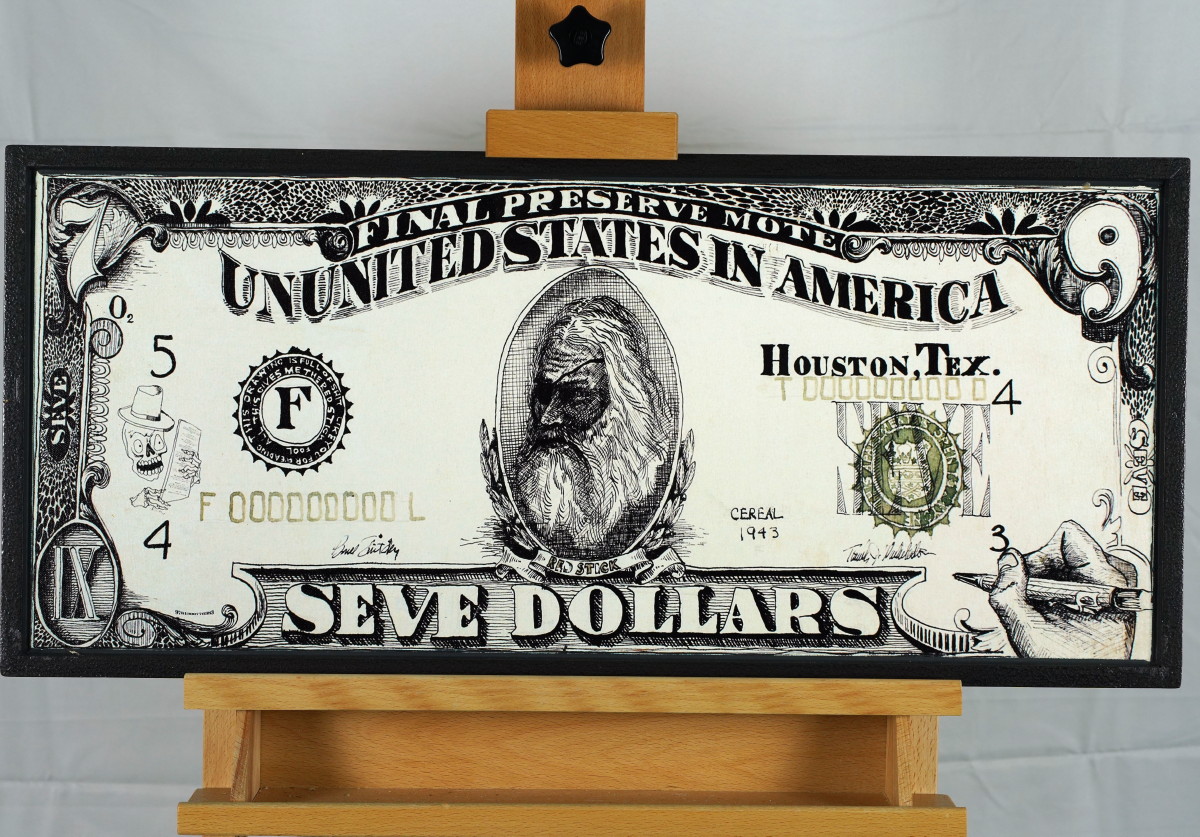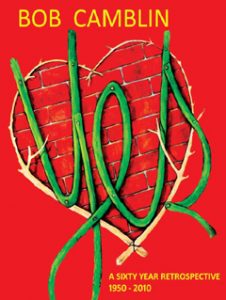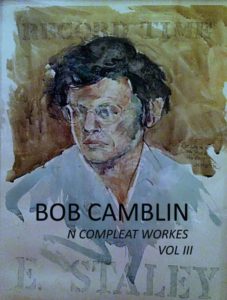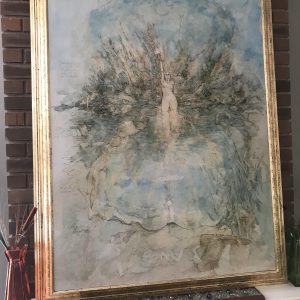Description
This giclee “Seve Dollars” appears to be a creative and satirical reinterpretation of U.S. currency, designed to mimic a dollar bill but with significant alterations and humorous elements. Instead of depicting a famous historical figure, the central portrait shows an elderly bearded artist as Red Stick the Pirate. The inscription reads “Final Preserve Note,” which humorously replaces the official “Federal Reserve Note.” There are numerous other modifications, including “SEVE DOLLARS” instead of “SEVEN DOLLARS” and references to “Houston, TEX.” and “CEREAL 1943,” and “F OOOOOOOOOL” adding to the satirical and surreal nature of the piece.In Zen philosophy, currency can be seen as a representation of human attachment to material wealth and the illusion of value. The artwork’s deliberate distortion of a common object associated with materialism—money—serves as a reminder that attachment to wealth and financial systems are constructs that can obscure one’s view of true nature. The rugged appearance of the portrait and the modified text might suggest a questioning of what we value and why, in line with Zen’s emphasis on simplicity and detachment.
The I Ching hexagram that resonates with this piece is Hexagram 43, Kuai (Resoluteness), which symbolizes the necessity to remove what is corrupt and strengthen what is genuine. In the context of the artwork, this could refer to a critique of the economic system or the concept of money as inherently flawed or corrupt. By reshaping the currency’s form and message, the artist seems to be challenging viewers to reconsider the integrity and meaning behind financial symbols.
Combining Zen and I Ching perspectives, the piece can be seen as a meditation on the arbitrary nature of value and authenticity in human culture. By using humor and satire, the artist encourages viewers to see beyond the surface, questioning why something as ordinary as a piece of paper could wield such power. The distortions present—spelling errors, the bizarre portrait, and the unconventional references—invite the viewer to explore their relationship with money and its role in their lives, pushing towards a deeper contemplation of what holds genuine worth.
This piece shares similarities with the works of Dada and Surrealist artists who often used satire and absurdity to critique societal norms. It could be seen as reminiscent of Marcel Duchamp’s use of everyday objects to challenge traditional notions of art, or even Andy Warhol’s play on consumer culture with his iconic prints. The work also taps into contemporary themes explored by artists like Banksy, who uses satirical reimaginings of familiar imagery to comment on modern society. The artwork’s choice of a dollar bill—a symbol of capitalism—places it within a lineage of art that challenges economic systems and the perception of value.
“Seve Dollars” was featured in his Yes Retrospective, and in volumes 1-5 of the monograph Bob Camblin N Complete Workes.





